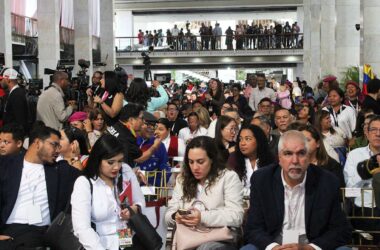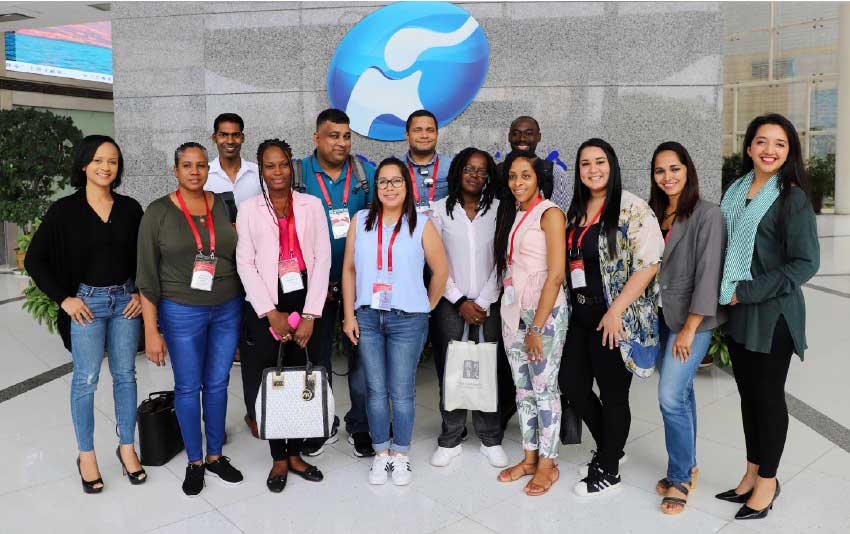
AT 9,326,410 sq. km, China is the third largest country in the world (by land area only), though some records indicate that the US is the third biggest country in the world. There are 26 provinces, and a population of over 1.3 billion people, with Beijing recognized as the capital. A closer historical look begins with explorations into the Ming and Qing Dynasties (1368 to 1644 and 1644 to 1912), as well as the Republic of China (1912 and 1949).
The history of China is extensive, and two weeks is not enough time to learn all there is about the East Asian territory. Fortunately, that was not my expectation leaving Saint Lucia last month and once again gearing up for a journey that would take almost two days, including a seven hour layover in New York.
When the China Air flight I was travelling on touched down at Beijing Capital International Airport on Sunday, July 21st, I knew sleep was out the window.
For one thing, it was day three of the 2019 Seminar for Journalists from the English-Speaking Caribbean hosted by the China International Publishing Group and the China International Development Cooperation, and added to that, it was 6 o’ clock in the morning. The day’s agenda started at 9am, and the hotel was about an hour’s drive from the airport.
Nonetheless, there I was in the conference room at 9 am for a session that had to do with the Development and Appliance of New Media in China, an informative engagement, even with half closing eyes. Somewhere in the back of my mind I was distinctly aware that if it were also Sunday morning in Saint Lucia (which it wasn’t due to the 12 hour time difference), most people I knew would have either still been sleeping, or on their way to church!
I was miles away from Saint Lucia – 8,874 miles (14,281 km) to be exact. This trip would be focused on exploring how Chinese media had adapted to new age media in order to survive, and we were scheduled to visit various media groups and notable historic sites.
Our group included media representatives from Guyana, Grenada, Trinidad & Tobago, Saint Lucia, and Panama. There were also joint sessions with a group from Botswana, who were also visiting China. No one seemed particularly concerned with sleep, time differences, or being halfway across the world, but rather, on taking in as much of China as they could, on and off the regularly scheduled programme.
Over the course of the two week long engagement, lectures delivered by Chinese media professionals focused on news coverage by mainstream Chinese media, the development and innovation of network media in China, with a report on the media development of English-speaking Caribbean countries presented by the participants. One of the most engaging sessions touched on the Belt and Road Initiative (BRI), a wide reaching infrastructure development and investment project with arms extending as far as Asia, Europe, Africa, the Middle East, and the Americas. The BRI has several success stories, but has also received some not so good press, particularly as it relates to developments in Sri Lanka that did not go according to plan. Still, the initiative is charging forward, with promises from China’s President Xi Jinping to do things differently, particularly with more attention being paid to the quality of projects being funded by the BRI and the capability of borrowing countries to pay back developmental loans.
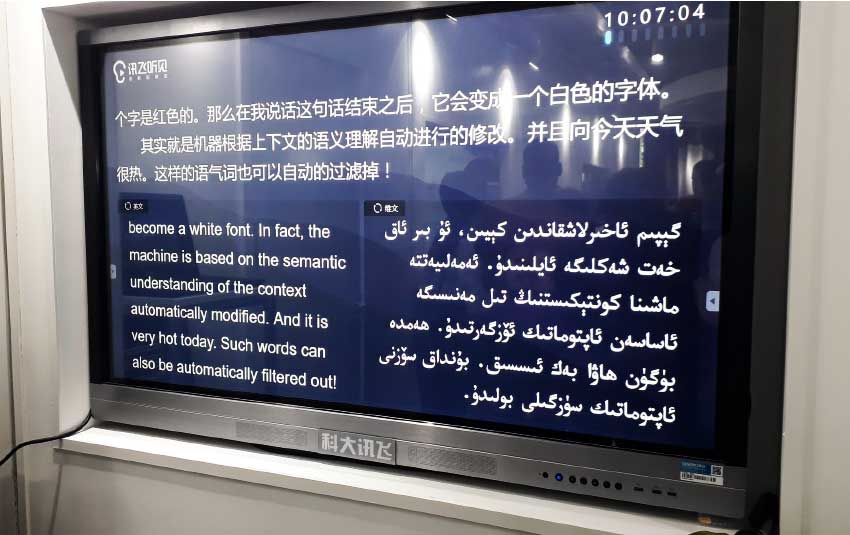
The lectures spurred conversation among delegates from the various countries, some of whom shared perspectives from their countries on China’s local governing systems and foreign policy. Most agreed that there was a limited understanding of China in their country, from culture to politics, and for that reason these same people found themselves being captivated by the reality of what China really was, a forward thinking and far advanced nation that could more than toot its own horn, and definitely did a lot more than produce cheap products, Made in China.
As we learned more about China, connections were formed miles away from home. It was clear that the objective of the visit was not just to gain an understanding of China, and particularly Chinese media practices, but to shift the limited perception of Chinese culture, and China on a whole for countries with minority Chinese populations and diplomatic ties with China, or other Asian territories.
As we navigated the Beijing area, we visited establishments like iFlyTek with their innovative AI technology that touched on almost all sectors, including the judiciary, education, health care, home, office, business, and more. The Chinese artificial intelligence company showcased some of its highly rated technology, including language translation programming that worked in real time. The technology of iFlyTek is being used by a significant number of companies and app developers. iFlyTek’s efforts to raise 300m-350m to invest in AI start-ups were recently highlighted in the Financial Times (FT). The company said in an FT interview that they were looking towards “Asian and Mideast sovereign wealth funds” for investment in both apps and hardware. The visit to iFlyTek put into context China’s thrust to become the world leader in AI by 2030, and the efforts already underway to make that a reality.
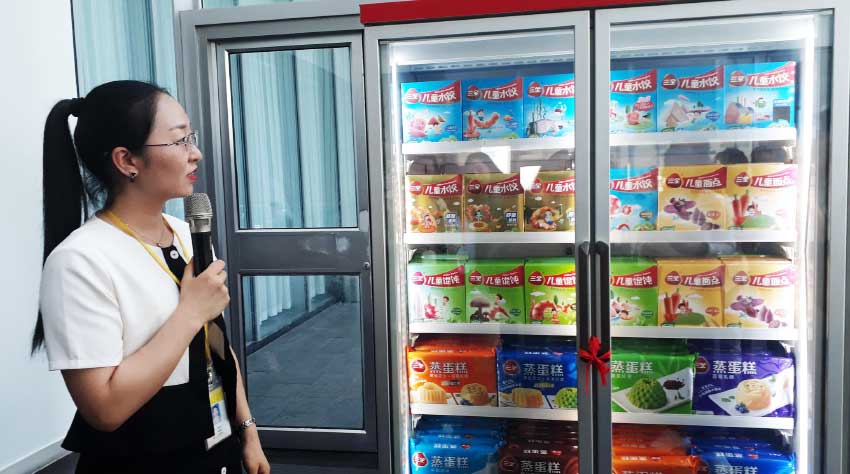
Other notable tour stops were to the YTO Group Corporation and Sanquan Foods Co. Ltd., two innovative companies specializing in the manufacturing of agriculture and construction machinery and food production, respectively.
The Great Wall of China
I honestly was not sure I’d make it to the top of the Great Wall. The Great Wall is synonymous with China, but before going there and witnessing it firsthand, who knew what to expect?
My limited research had hardly prepared me for the reality of the Great Wall, which was a series of fortification systems constructed across China’s northern boarders as a form of protection and to consolidate various territories. Portions of the wall go back as far as the 7th century BC, and as time trod on select parts of the wall were joined by China’s first Emperor Qin Shi Huang.
When our group got to the Great Wall, we disembarked from the mega bus, and floated along with a steady stream of tourists towards the base section we’d be climbing that day. With an estimated return time, our group separated, giving us freedom to explore the UNESCO World Heritage Site on our own.
The Great Wall of China is described by National Geographic as one of the “great feats of engineering” in the world. From above, it looks like a sprawling, seemingly never-ending wall, but up close there are various sections you can climb. To get to the top, one is required to navigate a series of steps, upward and uphill, burning calories along the way, and knowing the experience might well be once in a lifetime. I passed by young children, old ladies, tourists from all over the world and a large number of Chinese exploring their own country as I made my way to the top. Victory was sweet under an hour later, with stops along the way for photos and impromptu video challenges from students tasked with interviewing English speaking tourists on the Great Wall.
New Media
Among the highlights of the trip to China were the visits to Chinese media groups including China Radio International, China Daily, the China Internet Information Center (china.org.cn) in Beijing, and once we got to Henan Province, the Henan Daily News Group, the Henan Broadcasting and TV Station, and the Louyang Broadcasting and TV Station. All of the above mentioned had made significant progress as it related to the transition to new media, and a few like Henan Broadcasting System (HBS) were incorporating cloud based computing in their operations, with GPS functioning, which meant reporters could receive assignments in real time throughout the day, share their locations, send reports, and participate in internal communications. At HBS it was a requirement for reporters to download the relevant apps on their mobiles for proper functioning. Other companies like Henan Daily Press Group (HDPG) were increasing their reach past the media scope, and into avenues like real estate, with other investments in hotels and tourism. One of Henan Daily Press Group’s newspapers was in the top 100 of the world, proving that they are in fact doing something right.
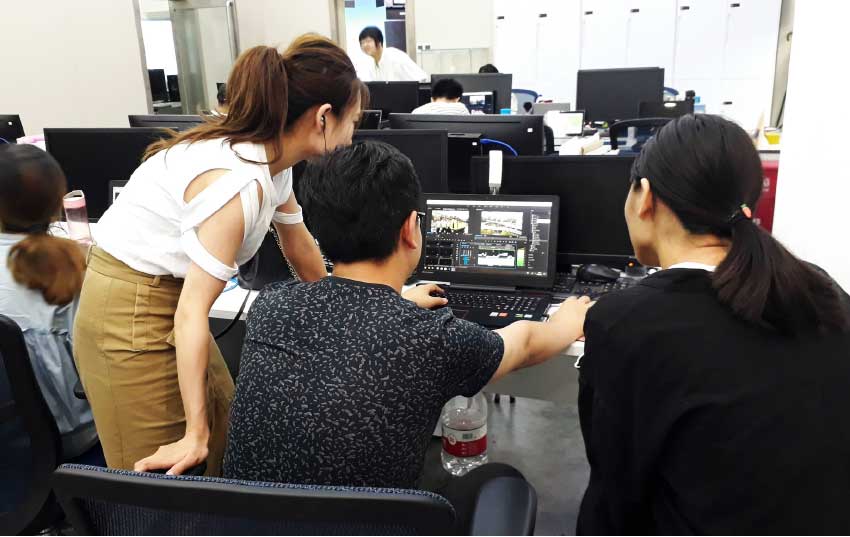
In many companies, editors and reporters were learning the ropes of producing video content, some had invested millions in new studios, and there were many companies with multiple publications and websites, to support a large population with diverse interests. The focus for those at the top of their game in media was not just on transitioning to new media, but reforming media into a new business.
The President of Henan New Media Group described Henan Broadcasting as one of the most important TV stations in Henan province. In 2017, radio and TV had merged into one station, Henan Broadcasting. A name change, and 4000 employees later, the media group now boasted 20 departments, 11 radio broadcast frequencies (including traffic radio, economic radio, news radio and others), and 13 TV stations (two of which were satellite TV) inclusive of urban and international channels. Affiliated entities included a radio management center, an audio archive museum and a newspaper called the Oriental.
No matter the platform, the President of Henan New Media Group noted that media all over the world was faced with the challenge of media integration.
“We are making progress in all aspects and trying to play a major role as mainstream media in Henan Province. We are taking steps in terms of reform and innovation internally, and our efforts are paying off as we have received recognition not only from high offices but from our audiences,” the President of Henan New Media Group stated.
This year is the 50th anniversary of the founding of the media group, and celebrations are well underway.
“We are delighted to receive media from Caribbean countries at this special time,” he concluded.
Henan Province
Henan Province is one of the most famous Asian cities, and it is known as “the cradle of Chinese civilization.”
Before arriving to Henan, I’d been told by a friend who’d never been but had heard the reviews, to “expect legendary cuisine”. Amazing food was just the beginning; Henan Province is also the most famous province for martial arts and kung fu and home to the Shaolin Monastery, also known as the Shoaling Temple. All styles and schools of martial arts and kung fu originated there, and notably, Tai Chi and shadow boxing also have roots in Shoaling Temple.
Henan Province was described to us before we got there as a province with “great momentum for growth and development”, where ancient and cultural relics were held dear. It was in Henan that we would see the Yellow River (China’s mother river) for the first time and experience the Longmen Grottoes (Longmen Caves).The latter is a Buddhist cave complex and features detailed examples of Buddhist art, representing according to UNESCO, “the high point of Chinese stone carving”. The ancient artifact, a World Heritage Site and one of China’s State Priority Protected Sites, features thousands of caves and niches, statues and inscriptions, including inscriptions recording treatments for various diseases and illnesses (Yaofangdong Cave). Historical accounts suggest that it was completed in pieces over 400 years.
In Henan we got familiar with the industrial city of Louyang (an ancient capital) and Zhengzhou (the capital of Henan), as well as the dynasties in the long history of China. Other notable sites in Henan include the Center of Heaven and Earth, and Yin Dynasty Ruins.
Though it had only taken us three and a half hours to get to Henan from Beijing via a bullet train with a remarkable top speed of 350 km/h (217 mph), I later learned that it would have taken just as long, or even longer, to fly there, inclusive of the two or three hours required for security checks and clearances for air travel.
Day to Day Life
It wasn’t my first time to Asia but this time I was just as fascinated as the last, if anything, by different things, many of which can probably be considered pretty ordinary. Being a new mother, I found myself paying close attention to family dynamics, specifically how that related to how people got around. Scooters were everywhere – something that isn’t exactly a rarity, just very different to how things are done back home. Young and old were getting around in whichever manner proved most convenient, and as what seemed like entire families whizzed past on the backs of customized scooters, I wondered whether there had ever been any truth to the trend of thought that suggests Chinese are not family oriented. I suppose as with all sweeping generalizations, that one can be swept right out the door, although I did make a point of asking about this, and some of the differences noted in that conversation had to do with variances in the work dynamic and possibly ethics of Chinese, as compared to what may be considered the norm here in Saint Lucia. Many Chinese people worked shifts that were often over 12 hours long, but this seemed very much ingrained in their culture and from what I gathered, there is some sort of an understanding on the part of their families. All for the greater good…
Differences between China and Taiwan
Having been to Taiwan in the past and knowing how things tend to flip flop when it comes to diplomatic ties in the Caribbean between these two territories, I found myself wondering about the major differences between China and Taiwan. Before I could think of an answer that made sense, a Taiwanese friend posed a similar question to me that had more to do with the characteristics of the people. Hardly any glaring differences came to mind. I shared my perspective with him, that Chinese and Taiwanese themselves would likely notice these subtle differences far easier than any foreigner could, in terms of mannerisms and other interactions, in the same way that Caribbean people can state their own differences at the drop of a hat, even with cultures that appear mostly similar on the surface.
However, in terms of the place and not necessarily the people, one of the things the ordinary person would not know without actively searching is that Taiwan is also known as Formosa. The name originated from Portuguese sailors, and is in entirety ‘Ilha Formosa’, which translates to ‘the beautiful island’. Officially, Taiwan is known as the Republic of China, (ROC) or the Republic of China (Taiwan). China on the other hand is referred to simply as China, Mainland China, or officially as the People’s Republic of China.
There are differences in language between the two; Taiwanese speak Mandarin Chinese, Taiwanese Hokkien (spoken by around 70 percent of the population), and Taiwanese Hakka (various dialects). There are also a number of indigenous languages. In Taiwan, you’ll find traditional Chinese in most written material.
Chinese on the other hand speak Standard Chinese. It is the official language, and there are small differences between Standard Chinese (a form of Mandarin Chinese), and the main language spoken in Taiwan. There are many other languages and dialects in the various regions of China, and notably the people of China write in simplified Chinese.
There are many other differences, particularly those politically oriented, but in a lot of ways, China and Taiwan are more alike than they are different.
To the future and beyond
If at all there was a memorable quote that would summarize my China experience, it would be this, put forth by a participant from Trinidad and Tobago at one of the official gala dinners hosted on our behalf: “History has no expiration date, and history is just as important as the future.” There is no other country which demonstrates as much respect and appreciation for its culture and history, as China continues to do, on its path to becoming even more of a force to be reckoned with on the international stage.



